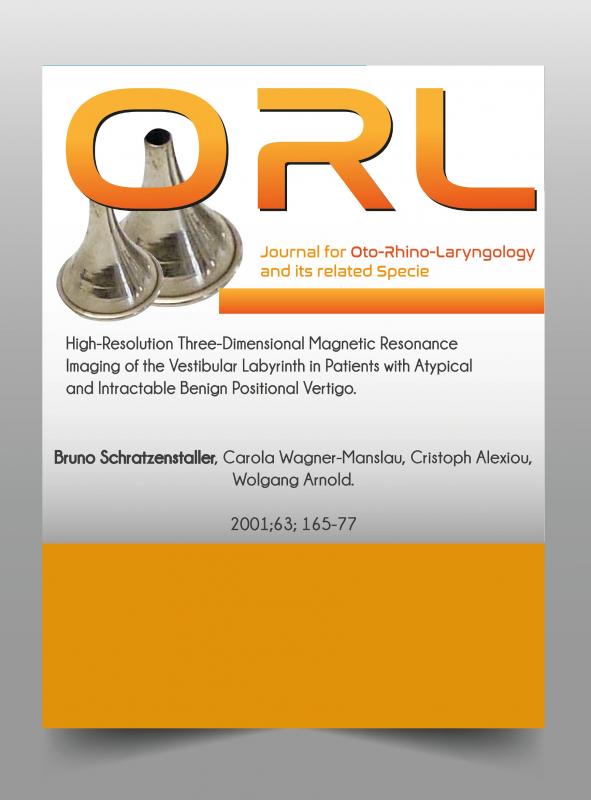Dreidimensionale Rekonstruktion des Vestibularorgans
Gutartiger paroxysmaler Positionsschwindel (BPPV) ist eine der häufigsten Ursachen für Schwindel und meist eine selbstlimitierte Erkrankung, obwohl ein kleiner Prozentsatz der Patienten an einer dauerhaften Form leidet und auf keine Behandlung anspricht.
Dreidimensionale Rekonstruktion des Vestibularorgans mit hoch auflösender Kernspintomographie bei Patienten mit inkurablem und atypischem benignen paroxysmalen Lagerungsschwindel.

Titel
High-Resolution Three-Dimensional Magnetic Resonance Imaging of the Vestibular Labyrinth in Patients with Atypical and Intractable Benign Positional Vertigo
Autoren
Schratzenstaller, Bruno & Wagner-Manslau, Carola & Alexiou, Christoph & Arnold, Wolfgang. (2001).
Abstrakt
Benign paroxysmal positional vertigo (BPPV) is a most common cause of dizziness and usually a self-limited disease, although a small percentage of patients suffer from a permanent form and do not respond to any treatment.
This persistent form of BPPV is thought to have a different underlying pathophysiology than the generally accepted canalolithiasis theory. We investigated 5 patients who did not respond to physical treatment, presented with an atypical concomitant nystagmus or both with high-resolution three-dimensional magnetic resonance imaging of the inner ear.
This method provides an excellent imaging of the inner ear fluid spaces. In all 5 patients, we found structural changes such as fractures or filling defects in the semicircular canals which we did not find in control groups. One patient clinically presented with the symptoms of a 'heavy cupula'. Whereas crosssections through the ampullary region and the adjoining utricle showed no abnormalities, there were significant structural changes in the semicircular canals, which are able to provide an explanation for the symptoms of a heavy cupula.

